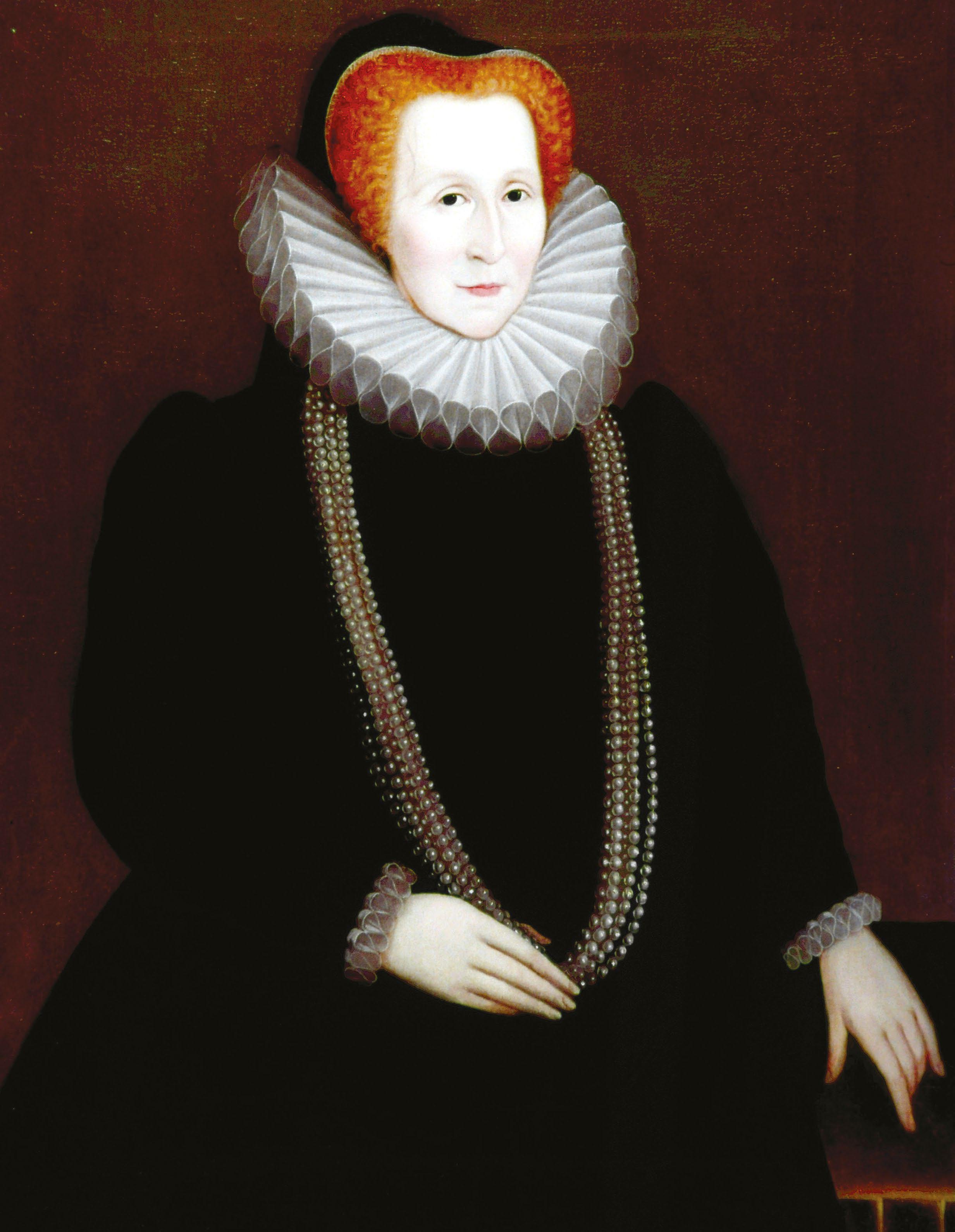
No, that’s not a portrait of Queen Elizabeth I, although she does look very similar. This fiery red hair, pale skin and haughty expression in fact belong to another of Tudor England’s most prominent women. Elizabeth Cavendish, more commonly known as Bess of Hardwick, who led a remarkable life for a woman in the 16th century, enduring tragedy and hardship with a defiant attitude that would see her become the second richest woman in England after Gloriana herself. But her success was not straightforward and many of her calculated decisions put her at odds with Queen Elizabeth, making her life precarious and, at times, dangerous. However, even before Elizabeth became queen in 1558, Bess was striving to better her life. From as young as 16 she began building her individual wealth and forging connections with the rich and powerful.
From modest beginnings
Bess was born Elizabeth Hardwick sometime between 1521 and 1527 to parents John Hardwick and Elizabeth Leeke. The family estate at the time of Bess’ birth was Hardwick Hall in Derbyshire, a humble manor house that had been the Hardwick family property since the 13th century. Though their estate had lots of land, the family finances were not as healthy as their holdings would suggest and when Bess’ father died in 1528 the situation worsened. Bess only had one brother out of her six siblings, and he was two at the time of his father’s death. Therefore, as the law dictated at the time, young James Hardwick became a ward of the king. A third of John Hardwick’s wealth eventually passed to his widow and the other two thirds was held by the Court.
This story is from the Issue 134 edition of All About History UK.
Start your 7-day Magzter GOLD free trial to access thousands of curated premium stories, and 9,000+ magazines and newspapers.
Already a subscriber ? Sign In
This story is from the Issue 134 edition of All About History UK.
Start your 7-day Magzter GOLD free trial to access thousands of curated premium stories, and 9,000+ magazines and newspapers.
Already a subscriber? Sign In

SIEGE OF TOULON
TOULON, FRENCH REPUBLIC SEPTEMBER-DECEMBER 1793

REDISCOVERING THE FORGOTTEN LIVES OF QUEER MEN
We speak to the editor of a groundbreaking new collection that uncovers what life was like for gay men when homosexuality was illegal in Britain

FEMALE PHYSICIANS OF THE MIDDLE AGES
Determined to make a difference despite the male dominance of the medical world, these pioneering women overcame numerous obstacles in their efforts to aid the infirm

"EVERYBODY WANTS TO BE DAVID, NOBODY WANTS TO BE GOLIATH"
Author Terry Deary discusses his career, writing history, the success of Horrible Histories and his new book

THE FALL OF THE RUSSIAN EMPIRE
How military errors and a failure to modernise helped to bring down the tsars

“lo Saturnalia!"
What was the 'Roman Christmas\"?

VICTORIAN UNDERWORLD
Discover the gangs that lurked down the dark alleys of 19th century Britain

A HISTORY OF FEASTING
Brian Hayden explains the social, political and cultural importance of these grand occasions

JAPAN HAD INVADED INDIA?
In 1944, the war in South Asia reached a critical moment as Japanese offensives threatened Allied control of north-eastern India and beyond

BATTLE OF EYLAU
PREUSSISCH EYLAU, EAST PRUSSIA (NOW BAGRATIONOVSK, KALININGRAD OBLAST, RUSSIA) 7-8 FEBRUARY 1807